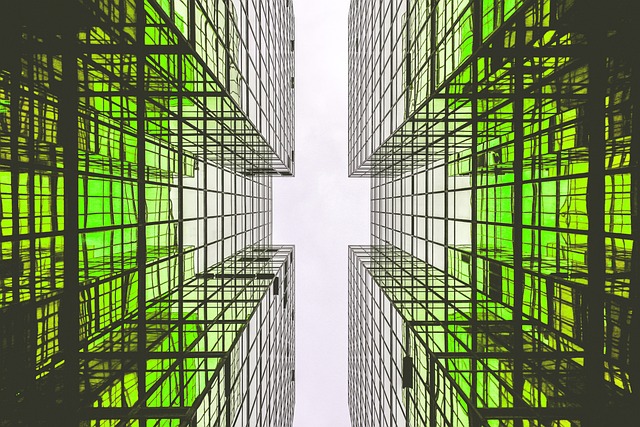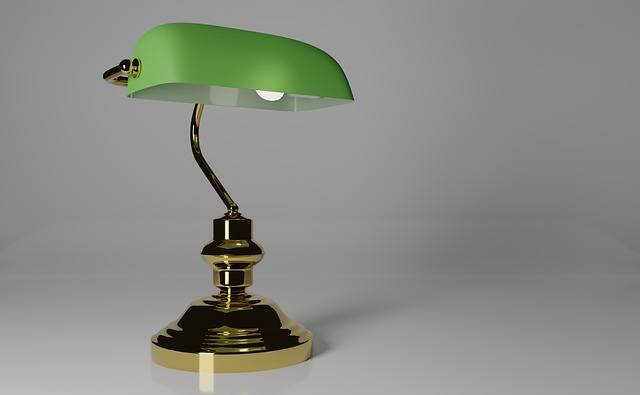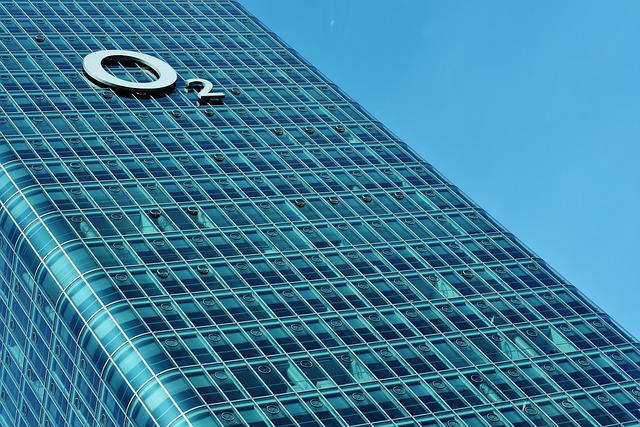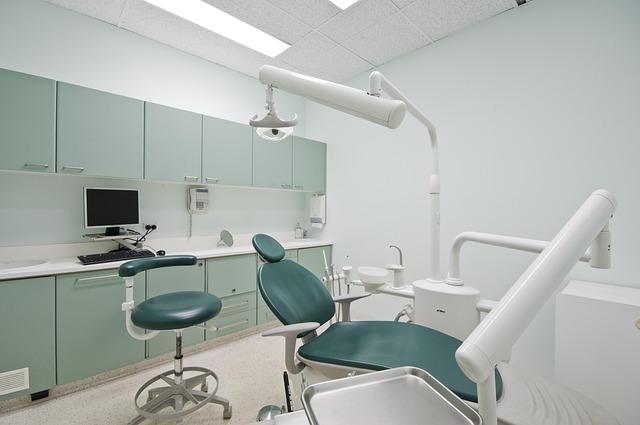In today's digital era, tech-savvy tenants seek modern real estate options that include high-speed internet, smart home systems, virtual reality access, co-working areas, and eco-friendly technologies. These amenities are essential attractions for younger generations who value convenience, efficiency, and innovation in their living and working spaces. Landlords and developers must incorporate these tech integrations to capture the market and stay competitive.
In today’s digital age, tenants are increasingly seeking modern, tech-friendly environments that cater to their sophisticated needs. This shift is driven by a generation accustomed to seamless technology integration in daily life. This article explores the preferences and demographics of these tech-savvy tenants, delves into real estate strategies to create appealing spaces, and highlights effective marketing tactics to attract this target market. By understanding and catering to these modern demands, real estate professionals can thrive in an evolving landscape.
Understanding the Modern Tech-Friendly Tenant

In today’s digital age, tenants are increasingly prioritizing modern, tech-friendly environments in their real estate choices. This shift can be attributed to a growing reliance on technology for both personal and professional life. Tech-savvy individuals seek spaces that not only cater to their current needs but also anticipate future technological advancements. Real Estate professionals need to understand this evolving demand to meet the preferences of contemporary tenants.
A modern tech-friendly environment typically incorporates high-speed internet connectivity, smart home automation systems, and access to cutting-edge technology like virtual reality or advanced collaboration tools. These features are no longer considered luxuries but essential amenities for many occupants. By catering to these demands, real estate developers and landlords can attract a broader range of tenants who value convenience, efficiency, and innovation in their living or working spaces.
– Defining preferences and needs of tech-savvy tenants

Tech-savvy tenants often have distinct preferences and needs when it comes to their ideal real estate environment. In today’s digital age, these individuals seek spaces that cater to their technological lifestyle and facilitate seamless connectivity. This includes high-speed internet access throughout the property, smart home automation systems, and modern office setups designed for collaborative tech work. Such tenants prioritize real estate that not only supports their current digital habits but also keeps up with emerging technology trends.
To accommodate these preferences, landlords and real estate developers must stay agile and innovative. Incorporating amenities like dedicated co-working areas, robust digital infrastructure, and eco-friendly smart building technologies can significantly attract tech-oriented tenants. Understanding and addressing these specific needs are crucial in the competitive real estate market to ensure properties stand out and appeal to this demographic.
– Demographic trends among this tenant group

In today’s digital age, tenants are increasingly seeking modern and tech-friendly environments that cater to their connected lifestyles. This demographic shift is driven by younger generations who have grown up with technology deeply integrated into their daily routines. They prefer real estate that offers high-speed internet connectivity, smart home features, and access to digital amenities like online leasing platforms and mobile apps for building management.
These tech-savvy tenants also value real estate that promotes a sense of community through shared spaces designed for collaboration and social interaction, such as co-working areas and interactive common rooms. They are drawn to buildings with advanced security systems, energy-efficient designs, and sustainable practices, reflecting their growing awareness of environmental issues. This trend is reshaping the real estate landscape, pushing developers and property managers to innovate and create spaces that meet these modern demands.






